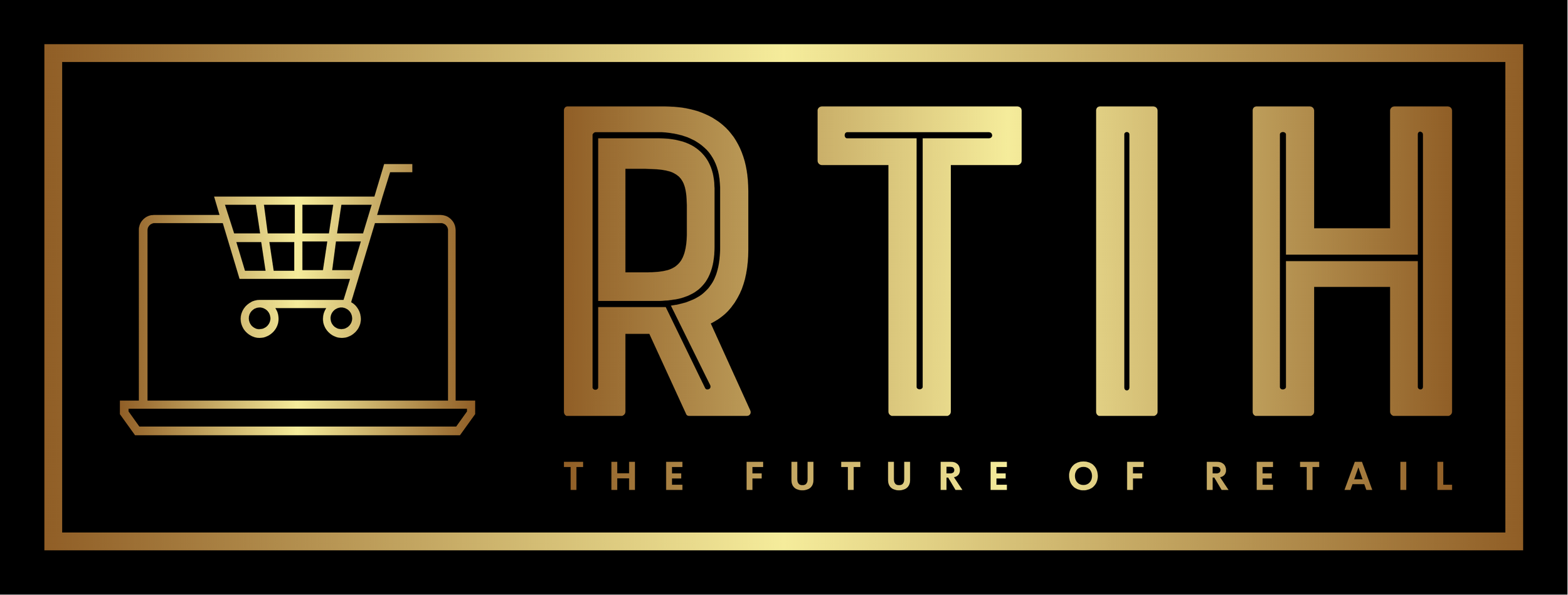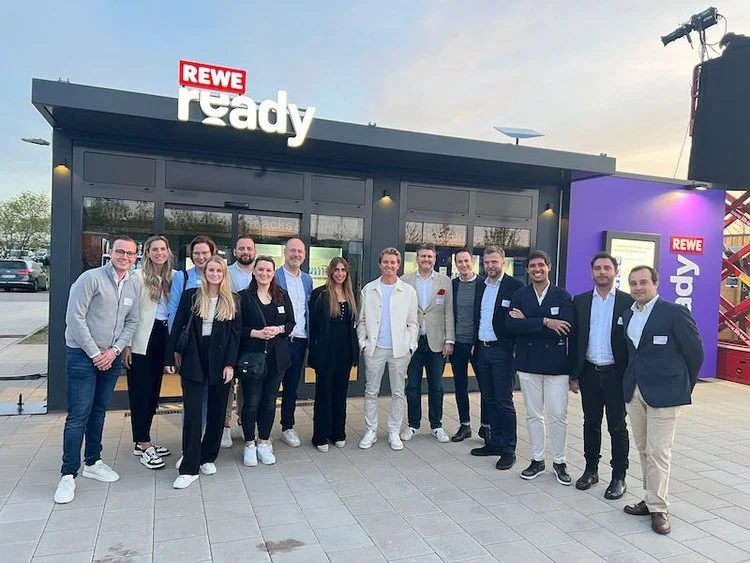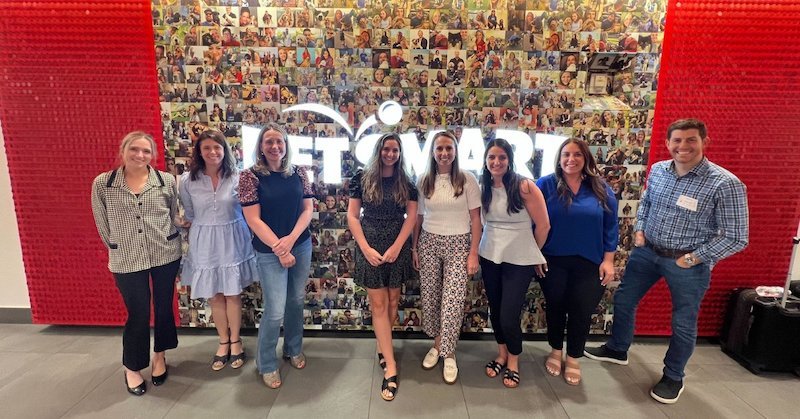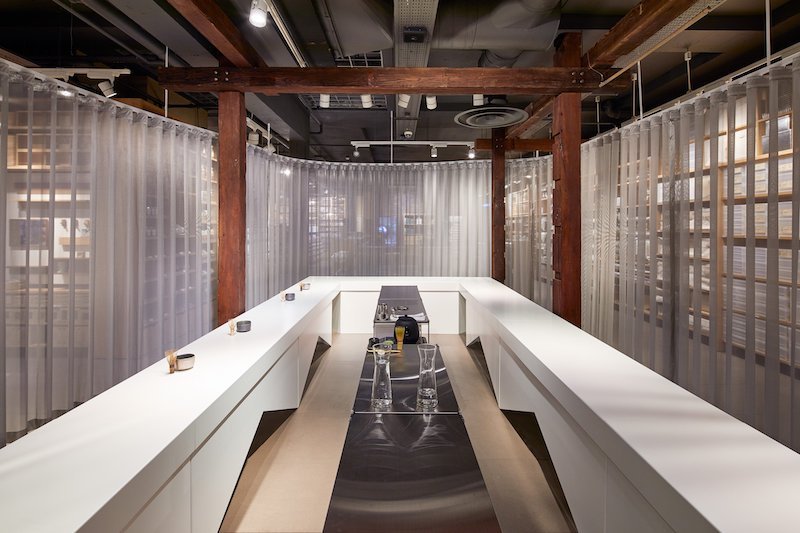Comment: avoiding ‘shiny object syndrome’ and staying focused amidst retail technology and innovation hype
Imagine you’re on a TV game show. The host challenges you to list as many retail technology opportunities as possible in 30 seconds.
Ready, set, go!
From mobile apps to robotics, from Big Data to the latest payment tech. We can’t forget AI or the metaverse either, perhaps the most iconic examples of tech hype.
But with all of these concepts, a genuine challenge emerges: how to choose meaningful changes amidst the plethora of tempting innovative ideas.
Each ‘groundbreaking’ technology opportunity comes with what initially appears as a no-brainer business case. Alluring case studies make it easy to justify adding another idea into the already full roadmap.
However, we can’t do everything and not every idea will be the slam-dunk it first appears to be. Furthermore, what represents a brilliant idea for one retailer will be a confusing mismatch for another.
‘Shiny object syndrome’ constantly tempts us to chase the next big thing, but we risk overcommitting our limited resources and encouraging organisational burnout. To avoid this, identifying valuable opportunities requires us to decipher the hyperbole from the genuinely transformative changes for our unique status quo.
Aligning tech projects to our North Star
Your transformation journey will be tailored to your status quo. Recognise that your competitors are on their own transformation journey, so be careful of ‘me-too’ initiatives which can quickly blow you off course.
We must develop the confidence to focus on our own destination whilst avoiding the temptations of the wider market. Sometimes we’ll be clear on the specific approach whereas on other occasions, we’ll need to experiment and explore the appropriate route as we go. Either way, we must not lose sight of our North Star.
Aligning innovations with the company’s objectives, strategy, and overarching purpose, or North Star, is critical. Our North Star acts as the compass to guide us to a more positive future state. Our customers are relying on us to focus on delivering meaningful value and not be distracted by other initiatives.
Consider how you are using your North Star to focus attention and align the organisation on what matters most.
For example, Screwfix is committed to helping customers “get their jobs done quickly, affordably and right first time”. This drives their innovation and change agenda, leading to successful initiatives such as Screwfix Sprint.
The North Star should help us refine ideas, but it’s likely we’ll have excessive options left on the table. Prioritisation, an increasingly essential skill, is about filtering what to do and what not to do.
Some concepts have specific benefits whilst others will be vague or intangible. Equally, some stakeholders will be vociferous about the “must do” initiatives, whilst others remain cautious. Despite this variation, we must compare all options when deciding where to invest our precious resources.
I’m sure we’ve all been in those prioritisation meetings where everything comes out as ‘top priority’. But in these instances, we can’t deliver effectively on anything, so we remain distracted, overstretched and overwhelmed.
Instead, consider additional factors than the traditional metrics like return on investment.
Reflect on the impact for customers and how it tangibly boosts (or detracts from) their experiences and perception of the brand. Also try factoring in the implications of how we treat people and the planet. Reframe prioritisation as a method to decide on what not to do.
There is no right answer for prioritisation, but that doesn’t mean we shouldn’t try. Consider the genuine impact of any given innovation and whether this is worth the effort and resources to unlock.
Once priorities are set, we must rely on one of retail’s strongest capabilities: getting things done.
We must enable technical specialists to deliver without dividing their attention across multiple concurrent and competing projects. Consistent focus also makes communication clearer, maximising the chances that people will support and adopt the change.
However, in our volatile world, we must simultaneously remain flexible. The way that the retail industry pivoted quickly during the pandemic is a great example of this flexibility.
Amazon demonstrate excellent flexibility whilst continually creating and assessing and experimenting with new concepts, but then they are also excellent at delivering changes to realise the benefits of their innovations.
In today’s world, remaining flexible means accepting if ideas aren’t working or if assumptions change whilst also recognising the need to continually adapt to the ever evolving world.
We’re responsible for realising the future
With new innovations emerging on a daily basis, it’s an organisation’s ability to execute changes which acts as the bottleneck.
Hyped up innovations can distract and redirect us from our goals whilst consuming precious resources. Therefore, the organisation looks to you to make informed decisions and stay focused on what matters most.
So if you’re guided by your North Star, prioritise effectively and remain both focused and flexible then you can overcome the hype and the red herrings. Instead, you’ll be focused on delivering meaningful change that truly benefits customers, colleagues and the company.
About the author:
Oliver Banks is a consultant working with senior leaders to transform retail businesses. He’s the author of ‘Driving Retail Transformation: How to Navigate Disruption and Change’.
Find him on LinkedIn or discover more here.






























Continue reading…